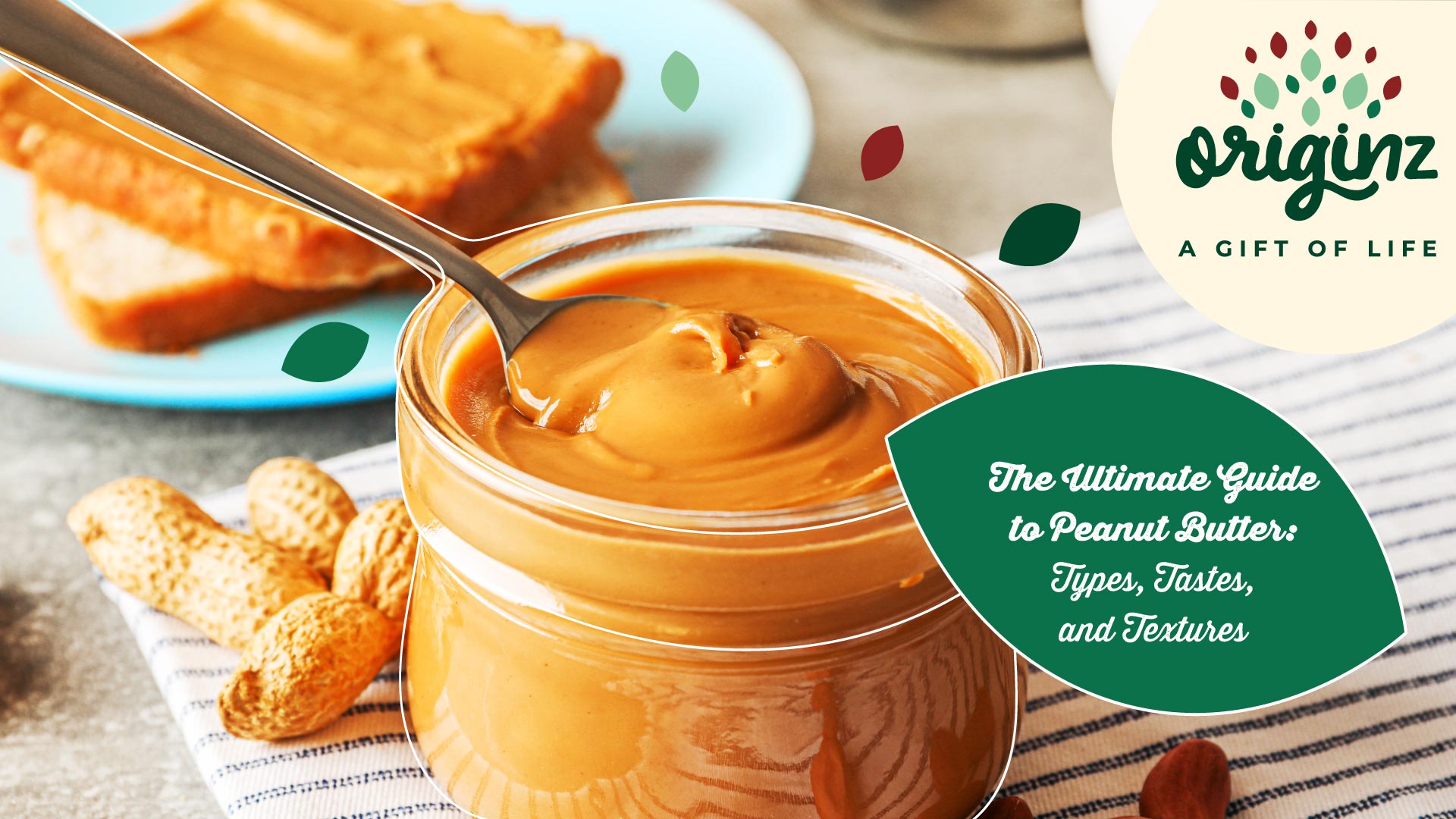
The Ultimate Guide to Peanut Butter: Types, Tastes, and Textures
Peanut butter, a beloved staple in households worldwide, has transcended its humble origins to become a versatile delight that tickles taste buds in various ways. From creamy to crunchy, natural to flavoured, this spread offers a spectrum of choices that cater to diverse palates. In this comprehensive guide, we'll navigate the intricacies of the peanut butter universe, exploring the types, tastes, and textures that make it a kitchen essential. We'll also uncover the fascinating journey of how peanut butter is made, dissect the key ingredients shaping its character, delve into its nutritional value, and pinpoint the healthiest options available.
Types of Peanut Butter
Diving into the many types of peanut butter reveals a rich tapestry of options. The classic divide lies between creamy and crunchy varieties. Creamy peanut butter, with its smooth texture, is a favourite for sandwiches and baking. On the flip side, crunchy peanut butter introduces a delightful crunch, thanks to bits of chopped peanuts scattered throughout.
Venturing further, organic peanut butter emerges as a purist's choice, crafted from only peanuts and salt, omitting added sugars or oils. Organic food often has a higher nutrient content than processed food because it undergoes less refining. For those seeking a flavour adventure, an array of flavoured peanut butters beckons, including honey-roasted, chocolate-infused, and even spicy jalapeño variations.
How is Peanut Butter Made?
Unravelling the mystery of how is peanut butter made sheds light on the nuances that distinguish each jar. The process begins with roasting raw peanuts to enhance their flavour. Subsequently, the roasted peanuts undergo grinding, a pivotal step that determines the spread's texture. Finer grinding yields creamy peanut butter, while a coarser approach results in the beloved crunch of chunky varieties.
The grinding process not only determines texture but also unlocks the natural oils within the peanuts, contributing to the spread's smooth consistency. Some commercial brands incorporate stabilisers to prevent oil separation and enhance shelf life. Conversely, natural peanut butters may require a good stir before use, as oil separation is a natural occurrence in the absence of stabilizing agents.
Peanut Butter Ingredients
The character of each jar lies in the peanut butter ingredients. Basic peanut butter features peanuts and salt, delivering a nutty experience. However, commercial brands often modify their recipes with additional elements like sugar, oils, and preservatives to intensify flavour and prolong shelf life. In contrast, natural peanut butters retain simplicity, offering a more authentic peanut taste without unnecessary additives.
For those vigilant about dietary restrictions, careful label reading is crucial. Some peanut butters may include traces of other nuts, posing a concern for individuals with allergies. Additionally, those aiming to limit sugar intake should be on the lookout for added sugars or sweeteners in certain brands.
Peanut Butter Nutritional Value
Peanut butter is not just a tasty indulgence; it also packs a punch in terms of peanut butter nutritional value. A rich source of protein, healthy fats, and essential nutrients, peanut butter can be a valuable addition to a balanced diet. The spread's nutritional profile includes heart-healthy monounsaturated and polyunsaturated fats, contributing to the reduction of bad cholesterol levels.
Beyond fats and proteins, peanuts offer a spectrum of vitamins and minerals, including vitamin E, magnesium, phosphorus, and potassium. The protein content in peanut butter provides a satiating snack, aiding in appetite control and sustaining energy levels throughout the day. For best results, enjoy alongside a balanced diet of healthy food products.
Healthiest Peanut Butter
Determining the healthiest peanut butter option is contingent upon individual dietary preferences and health goals. Generally, natural peanut butters, containing minimal ingredients without added sugars or oils, are considered a healthier choice. Those mindful of sodium intake can opt for low-sodium varieties or brands that minimize salt content.
Peanut Butter Varieties: Finding Your Perfect Jar
With a myriad of peanut butter varieties available, discovering the perfect jar involves a bit of culinary exploration. Whether you lean towards the classic creaminess or crave the satisfying crunch of chunky varieties, there's a peanut butter out there for everyone. From the simplicity of natural peanut butter to the nuanced flavours of speciality blends, the world of peanut butter invites you to find your ideal match.
FAQs
What are some creative ways to use peanut butter in recipes?
Peanut butter can be used in both sweet and savory dishes. It's a versatile ingredient for smoothies, oatmeal, sandwiches, and as a dip for fruits or vegetables. It can also be incorporated into sauces and dressings. Our delicious recipes will give you much more inspiration – consider pairing a peanut butter and jam sandwich with Originz organic oat drink!
Can peanut butter be part of a weight loss diet?
In moderation, peanut butter can be included in a weight loss diet due to its satiating protein and healthy fat content. However, portion control is crucial, as it is calorie-dense.
Are there peanut butter alternatives for those with allergies?
Yes, there are various nut and seed butter alternatives available for individuals with peanut allergies. Almond butter, sunflower seed butter, and soy nut butter are common alternatives with similar creamy or crunchy textures. Always check labels for potential cross-contamination.
In conclusion, peanut butter is more than a mere spread; it's a culinary canvas with a rich array of types, tastes, and textures waiting to be explored. So, grab a spoon and a slice of bread. Embark on a culinary experiment, and savour the diversity that makes peanut butter an enduring and beloved addition to kitchens worldwide.
Further Read,
What to cook at home that’s healthy and tastes great?
Legumes: Types and Health Benefits
Quick Office Day Breakfast Day Ideas
Latest Blogs
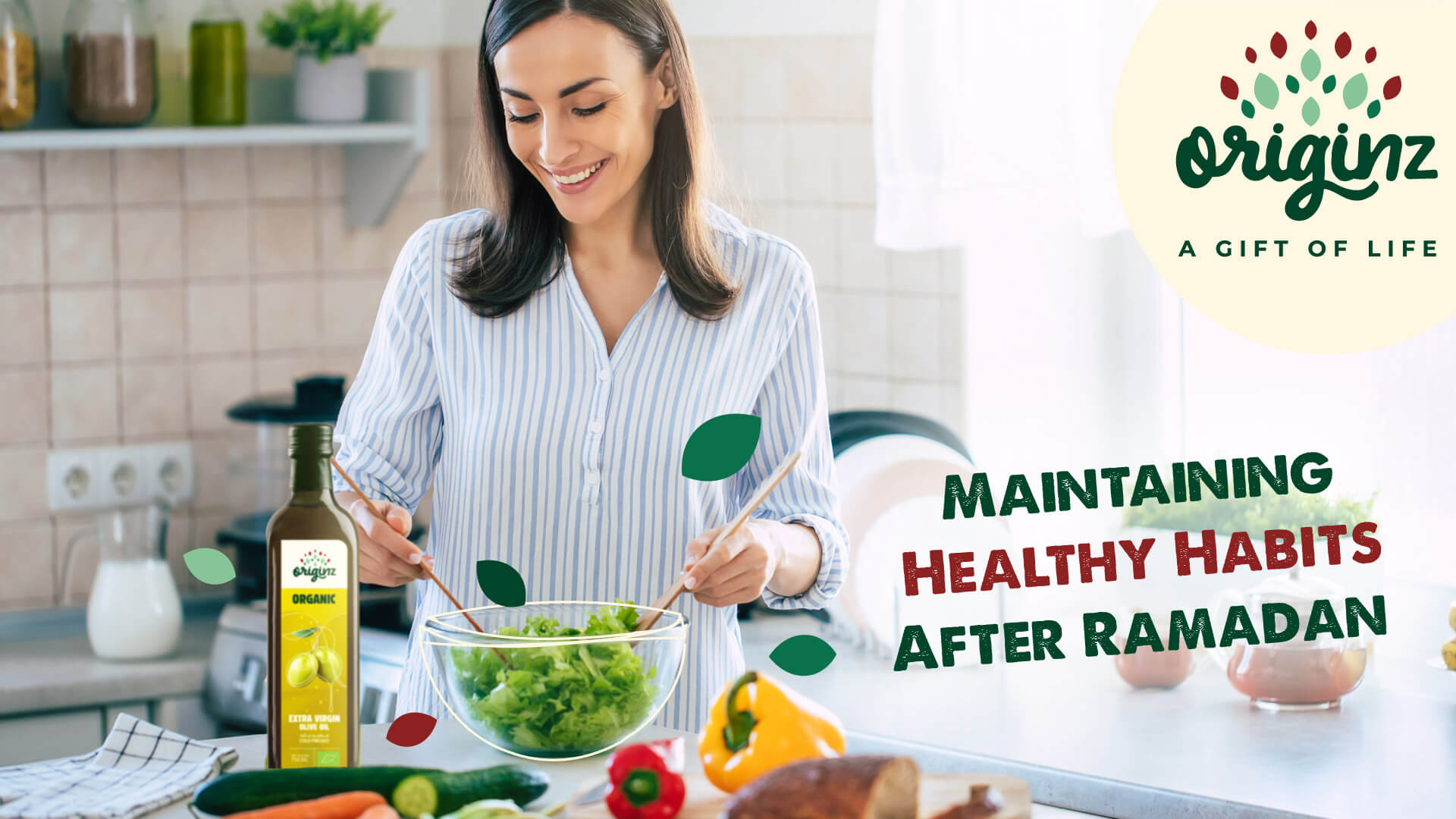
Maintaining Healthy Habits After Ramadan
Have Ramadan healthy meals after Ramadan and maintain healthy food habits and implement them in your daily lives. Read more about healthy food habits.
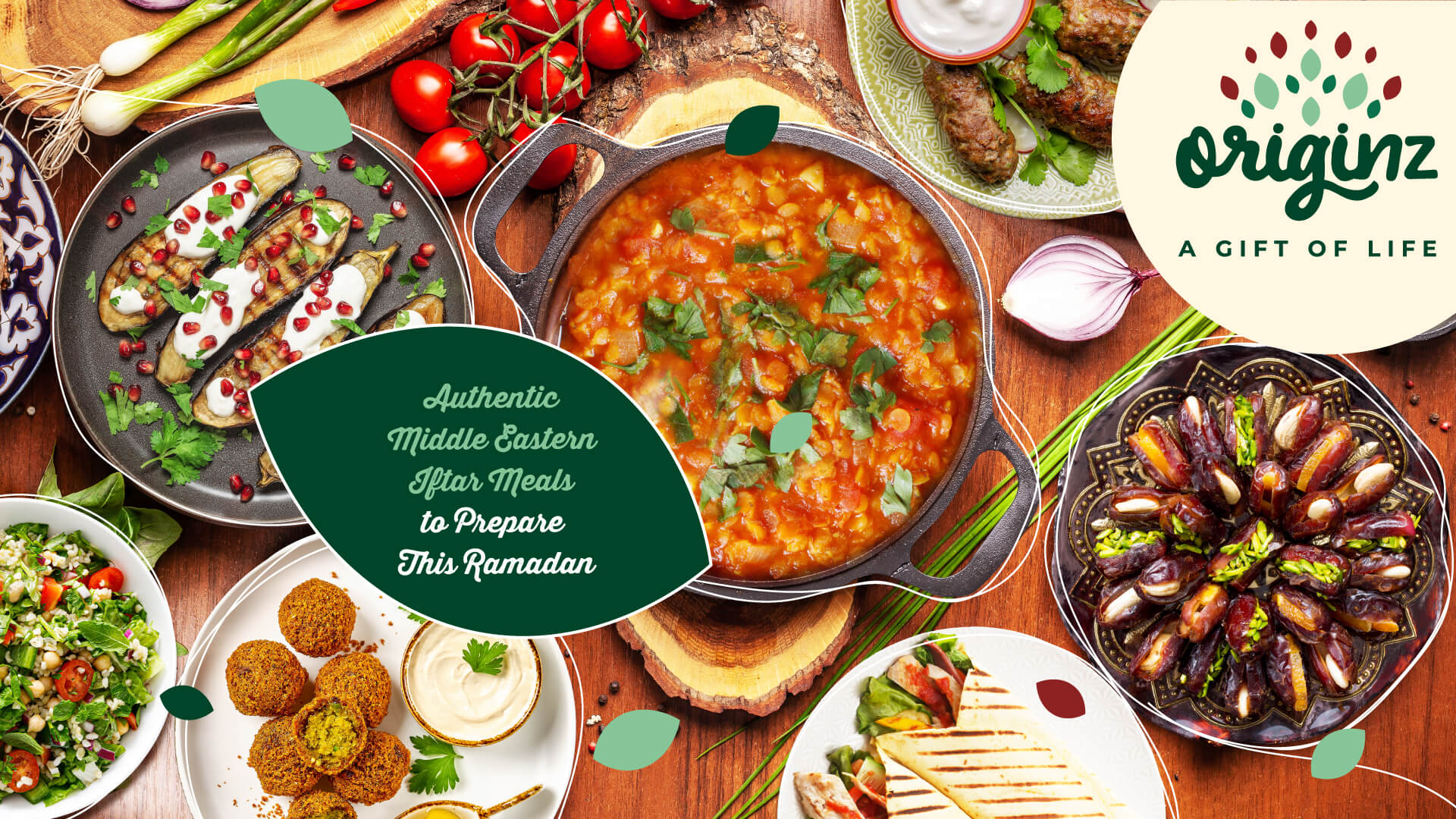
Authentic Middle Eastern Iftar Meals to Prepare This Ramadan
Prepare some authentic middle eastern iftar meals this Ramadan. Look for fresh Ramadan food ideas and make your day memorable with these dishes. Check them out.
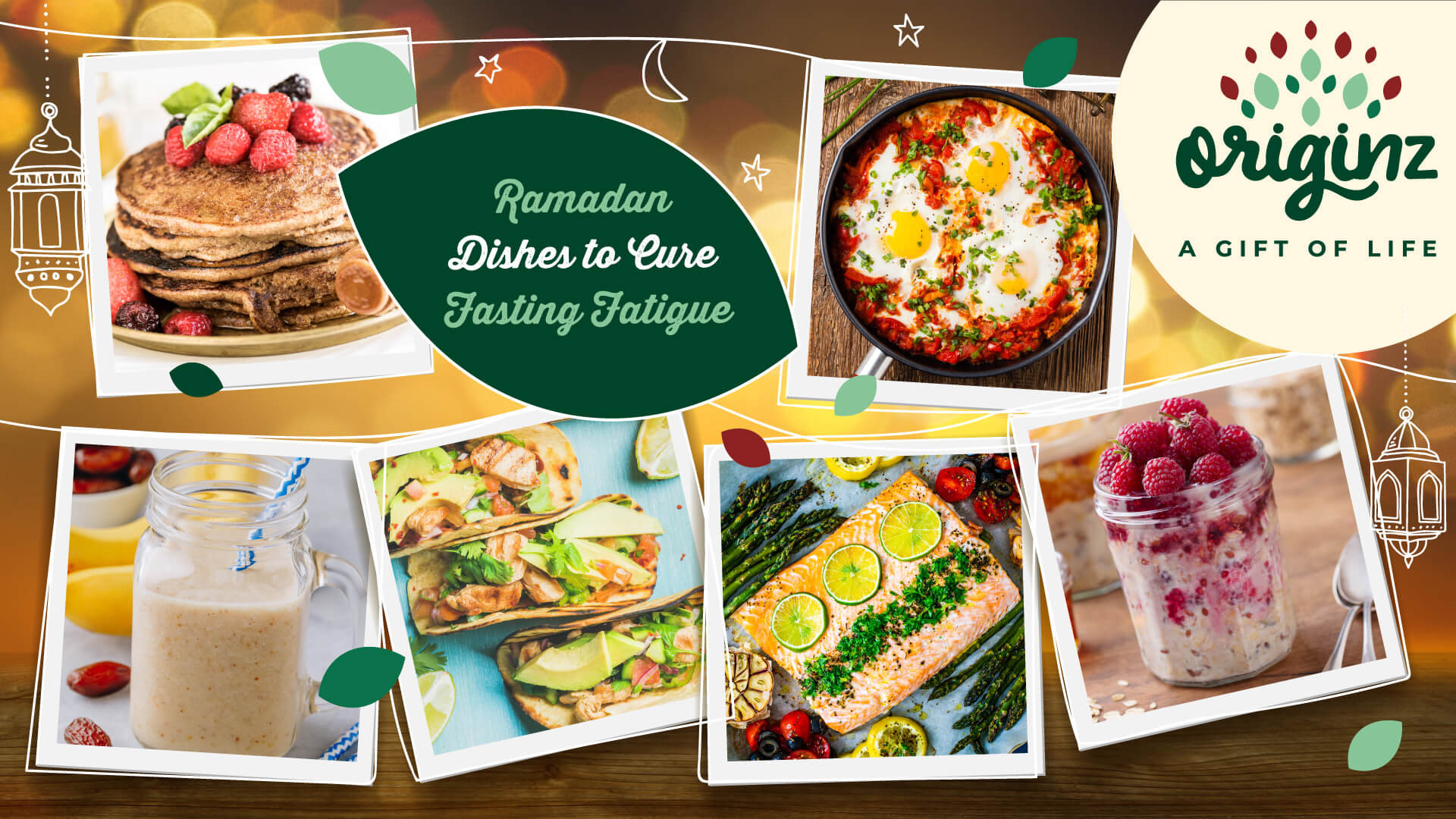
Ramadan Dishes to Cure Fasting Fatigue
Don’t worry about fasting fatigue anymore as we have listed some best Ramadan dishes and easy iftar meals to support your fasting journey. Check them out.
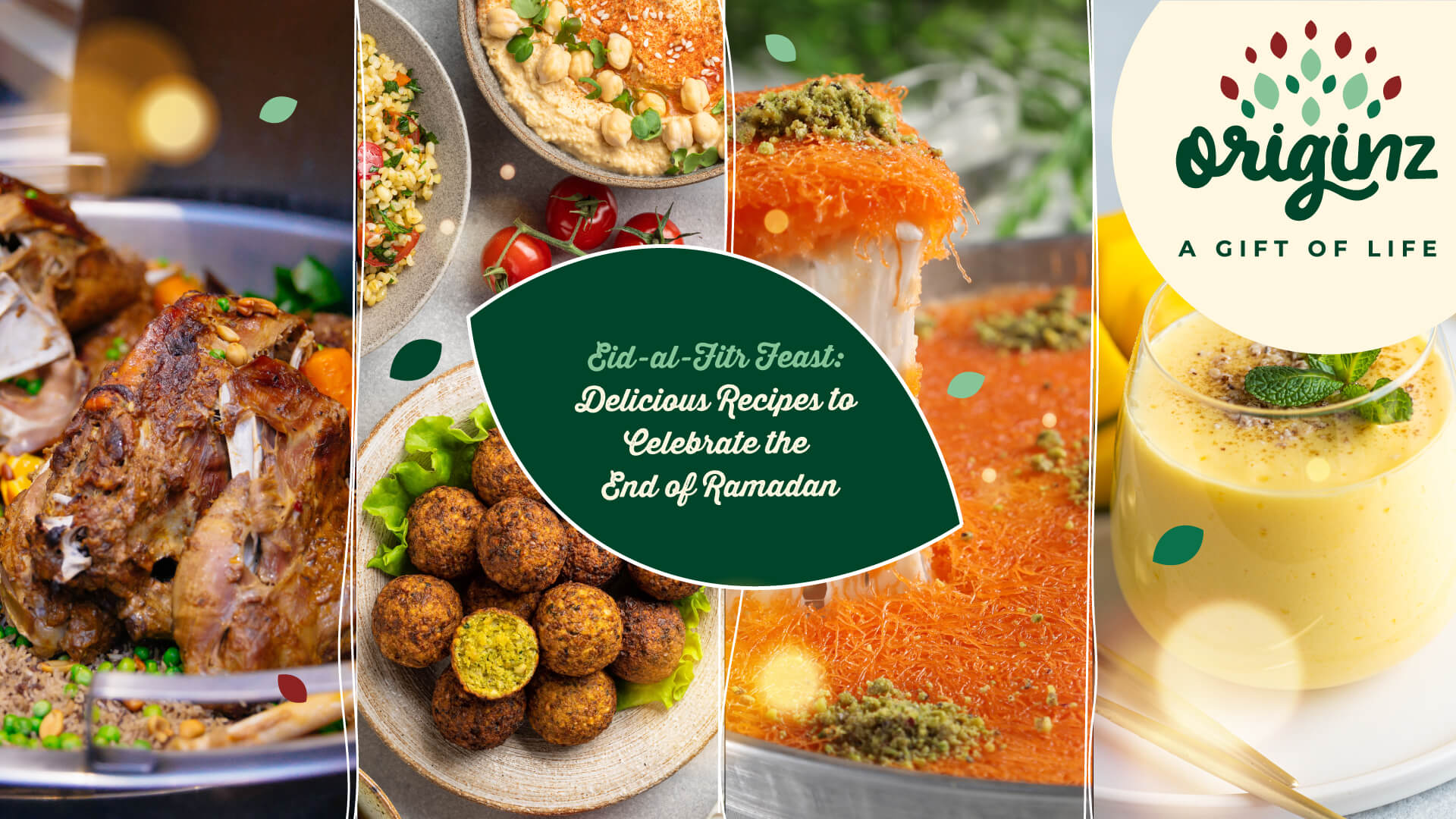
Eid-al-Fitr Feast: Delicious Recipes to Celebrate the End of Ramadan
Celebrate the end of Ramadan with delicious recipes on the eve of Eid ul Fitr. Read more about the traditional Ramadan recipes and make them easily.